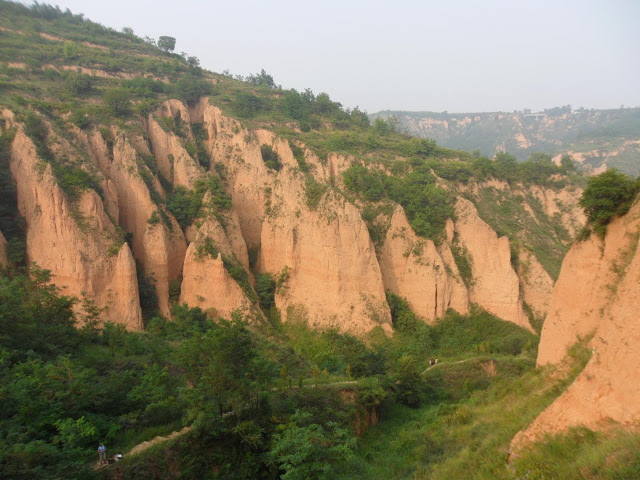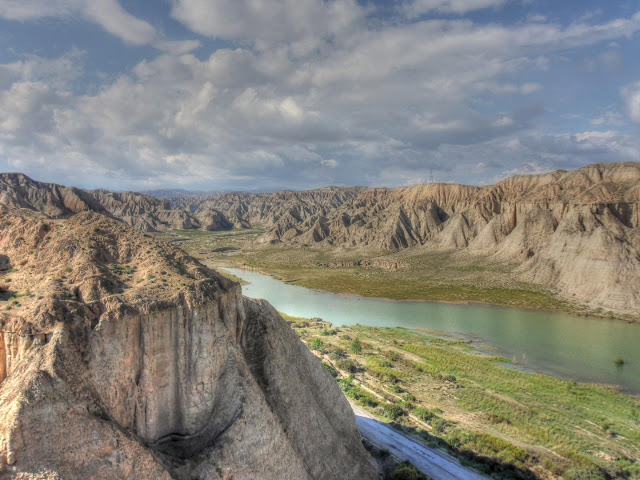| Online: | |
| Visits: | |
| Stories: |

| Story Views | |
| Now: | |
| Last Hour: | |
| Last 24 Hours: | |
| Total: | |
History of Tectonic and Climate Evolution May Need Rewriting Says Evidence From China’s Yellow River
To reconstruct how the global climate and topography of the Earth’s surface have developed over millions of years, deposits of eroded land sediment transported by rivers to ocean depths are often used. This process is assumed to have been rapid and, by the same token, not to have resulted in any major storages of this sediment as large deposits along the way.
These are thick loess deposits on the Chinese Loess Plateau showing changing Ice Age climate. Visible dark bands are fossil soils from warm intervals and lighter intervals show enhanced dustiness during full ice age conditions
Credit: Thomas Stevens
The researchers, from Uppsala University (led by Dr. Thomas Stevens) and Lanzhou University (led by Dr. Junsheng Nie), China, analysed Yellow River sediment from source to sink and determined its mineral composition. They also determined the age of mineral grains of zircon, a very hard silicate mineral that is highly resistant to weathering.
Zircon ages serve as a unique fingerprint that yields information about the sources of these sediment residues from mountain chains, according to Thomas Stevens of Uppsala University’s Department of Earth Sciences who is one of the principal authors of the study.
This finding completely changes our understanding of the origin of the Chinese Loess Plateau. It also demonstrates large scale sediment storage on land, which explains the previously contradictory findings in this area.
‘Our results suggest that a major change in the monsoon around 3.6 million years ago caused the onset of Yellow River drainage, accelerated erosion of the Tibetan plateau and drove loess deposition,’ Thomas Stevens writes.
Weathering of this eroded material also constitutes a further mechanism that may explain the reduced levels of atmospheric carbon dioxide at the beginning of the Ice Age. The researchers’ next step will be to compare terrestrial and marine records of erosion to gauge how far sediment storage on land has impacted the marine record.
‘Only then will we be able to assess the true rates of erosion and its effect on atmospheric CO2 and thus the climate in geologic time,’ says Stevens.
Source: http://www.ineffableisland.com/2015/10/history-of-tectonic-and-climate.html




